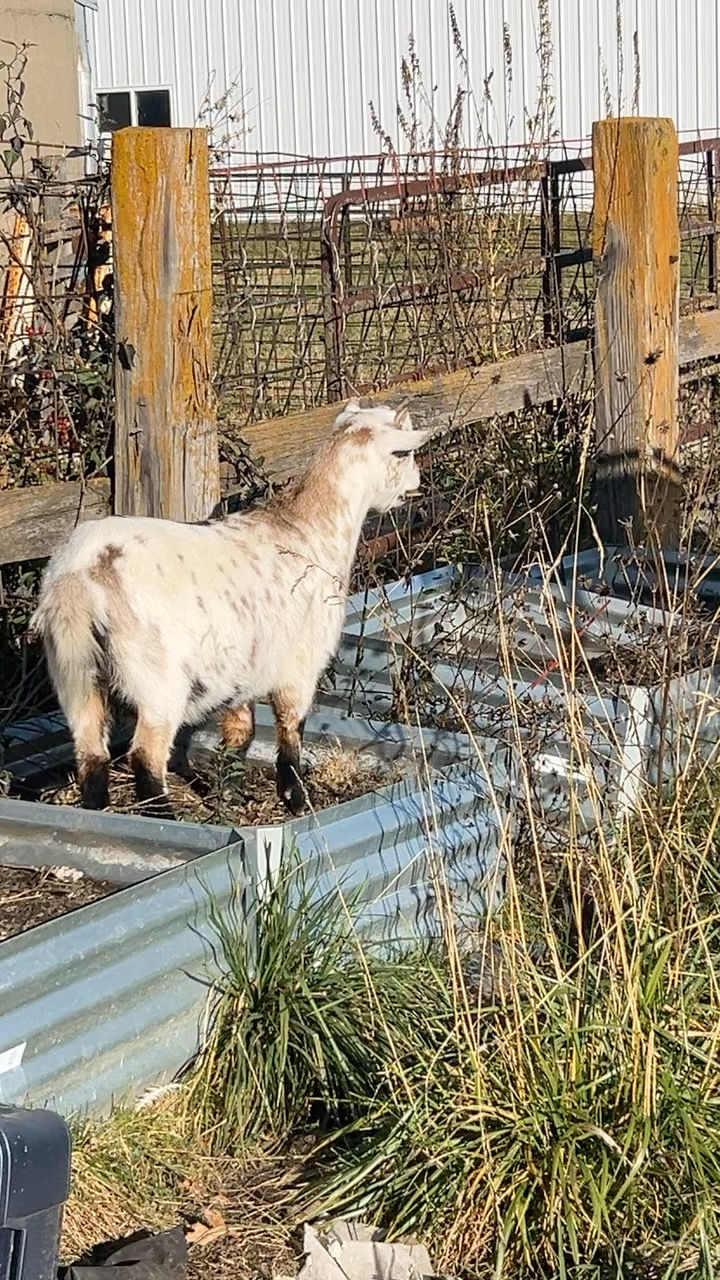Simple Ingredients: Maple Syrup
- Nicole Smith
- Mar 15
- 3 min read

This July marks our fourth summer on the farm. Each year, we strive to add something new to our homestead, increasing both our efficiency and self-reliance. Over the years, we've introduced chickens, goats, and bees. This year, thanks to our dear friends, we ventured into maple syrup production.
Let me tell you—this is a process! Did you know it takes 40 gallons of sap from a maple tree to produce just one gallon of syrup? That’s a lot of sap to collect and store. This year was a learning experience, and next year, I’ll be much better prepared when tapping season begins.
We were able to use the maple syrup kit the girls received for their birthday. It’s a beautiful set that includes nearly everything we need—except for the boiling unit. The kit even came with a metal bucket, a tap, a drill bit, filters, and a booklet to help identify maple trees. Thankfully, I had my father’s extensive outdoor knowledge to guide me in identifying our trees. He patiently answered all my questions, and I also relied on many YouTube videos. With this combination of resources, I’ve developed a system that works for our family—along with a solid backup plan. Life on the farm has taught me that having a backup plan is essential!
The Process of Making Maple Syrup
Step 1: Timing is Everything The best time to tap is when daytime temperatures rise above freezing, but nights still dip below. There’s a scientific explanation for this, but the simple version is: that’s when the sap flows. Here in Northeast Iowa, this typically happens from late February to mid-March.
Step 2: Identifying Maple Trees It's easiest to identify maple trees when their leaves are still on. I was fortunate to have my father’s expertise; without it, the process would have been more challenging. It’s also crucial to ensure your tree is at least one foot in diameter before tapping.

Step 3: Drilling the Tap Holes Drill your holes about two inches deep at a slight upward angle. Our kit included a spout with a built-in hook for hanging a bucket, along with an attachment for a lid. We also tried metal spouts, which required installing a separate hook in the tree to hang the collection bag. The bags were more convenient, but I suspect the metal buckets will last longer.
Step 4: Collecting the Sap Once the sap starts flowing, we emptied our buckets and bags daily, storing the sap in our second fridge in the garage. It’s important to keep track of when you start collecting—sap should be used within a week, or it will spoil.

Step 5: Boiling Down the Sap This is a long process. The first time I attempted to boil sap, I struggled to reach the correct temperature due to the wind. Thankfully, my father-in-law helped block the wind, allowing the sap to reach a rolling boil. I started with four gallons but, because of the slow start, didn’t add more along the way.
Step 6: Finishing the Syrup Once the sap had boiled down enough, I moved it inside to my Dutch oven and another large pot. I had heard that this stage is where most people burn their sap, so I was extra cautious. Using an instant-read thermometer, I kept the temperature between 210-215°F. As the sap reduced, I combined everything into one Dutch oven on my gas stove, which made controlling the heat much easier.

Knowing when the syrup is “done” is a bit of a guessing game. Mine turned out slightly runnier than store-bought versions, but I believe true maple syrup is naturally thinner. The flavor amazed me—it’s incredible how rich and pure it tastes, considering we added nothing but sap. I love the simplicity of the final product, which contrasts so sharply with the complexity of the process.
Once you’ve made the call to take it off the burner, it’s time to filter the syrup—because let’s be honest, no one wants gritty syrup. I used a large measuring cup, a small strainer, and a fabric filter, pouring everything through and letting it drain. Once that was done, I carefully poured the syrup into small mason jars. Then, I made sure my kids understood—this was liquid gold, and they better savor every single drop!

The Final Product!

The second time I boiled down the sap, I did it inside. Record-high winds were on the way, and the sap couldn’t wait—it was use it or lose it. It took longer, but the quality was just as good. I kept the vent fan running the entire time, and surprisingly, it wasn’t as messy as you’d think. Honestly, I don’t think I would have gotten the same results with an electric stove!
Links:
The Super fun kit that the kids received for their birthday.
The Amazon bags that we purchased second Maple Syrup Tapping Kit









Comments